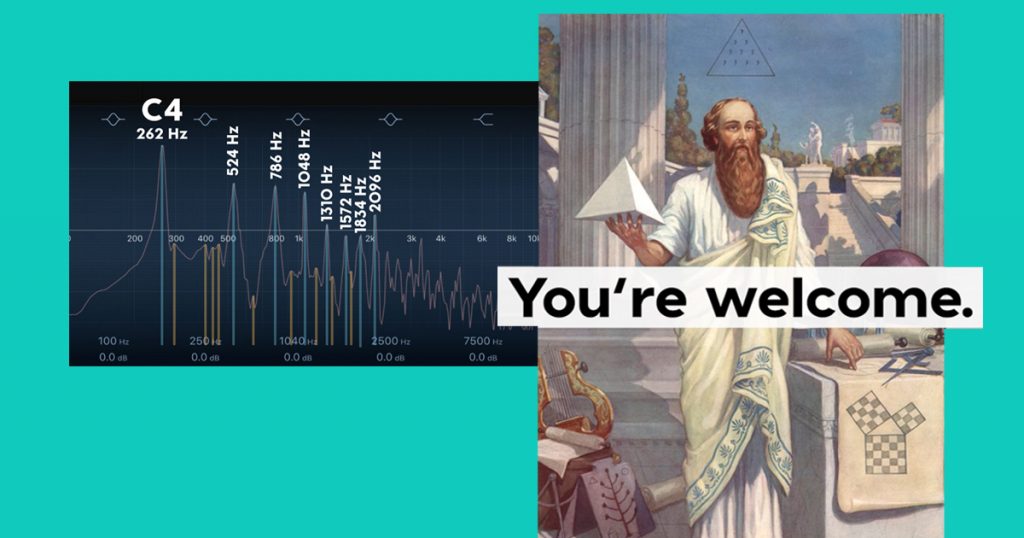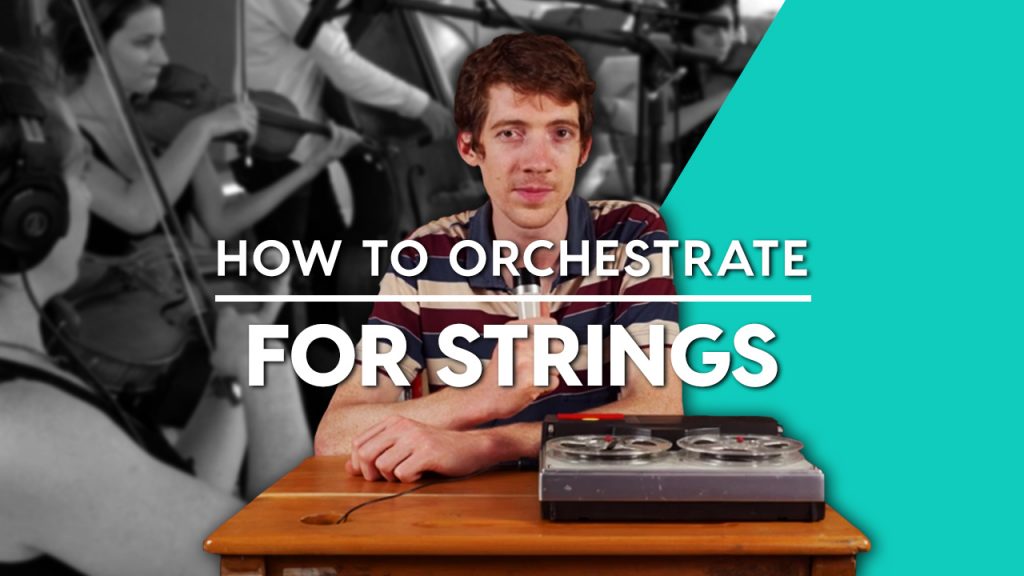+ Soundfly’s Intro to Scoring for Film & TV is a full-throttle plunge into the compositional practices and techniques used throughout the industry, and your guide for breaking into it. Preview for free today!
Can you imagine the theme from Jurassic Park played entirely on saxophones?
How about “In the Hall of the Mountain King” on steel drums?
I mean, sure, but even with the exact same melodies, harmonies, and rhythms, the timbre of these instruments would completely change the feeling of the music. It might be good for a laugh, but there’s a reason the composers chose the instruments they did!
Timbre (pronounced like “tambourine”) is one of the most important aspects of orchestration, giving extra meaning and context to every note.
In this article, we’ll explore what gives each instrument its unique timbre and how you can use it to maximum effect in your own compositions.
What Is Timbre?
If you’re not already familiar with the term, timbre is the tonal quality of a sound — the unique mix of frequencies that makes a violin sound different from a guitar, clarinet, piano, and so on.
For a primer on the science behind timbre, read: “An Introduction to Acoustic Harmonics and Partials.”

Timbre is made up of a combination of harmonic and inharmonic frequencies.
- Harmonics are frequencies that are mathematically related to the fundamental (the actual note being played). Each instrument produces a unique blend of harmonics, from the almost pure tone of a single pipe organ note to the dense overtones of a bowed cello.
- Inharmonic frequencies are those not related to the notes being played, such as the airy noise of a flute player’s breath or the percussive impact of a mallet hitting a marimba.
The timbre of a given instrument can change subtly or dramatically depending on a number of factors.
For instance, most instruments produce more harmonics when played loudly, due to increased resonance. Some instruments have mechanical ways to change the timbre, like a piano’s sustain pedal or a trumpet mute.
Timbre can even change over the envelope of a sound, such as the bright clang of a triangle fading to a purer tone as the sound rings out.
+ Learn production, composition, songwriting, theory, arranging, mixing, and more; whenever you want and wherever you are. Subscribe for full access!

Orchestrating With Timbre
Whether you’re arranging a piece for orchestra, creating a film score, or a writing chamber pop tune, choosing the right tones is a critical step toward making your music impactful. Thoughtful use of timbre can turn a simple melody into a heart-wrenching ballad, a soaring epic theme, or anything in between.
But the fun doesn’t stop there — switching timbres can make recurring themes more interesting and unexpected sounds can subvert the listener’s expectations, all in the service of the music.
When most composers get a musical idea, there’s already an instrument (or instruments) attached to it. Whether it’s a sad legato cello line, a soft piano chord progression, or a screaming distorted guitar lead, certain timbres just sound “right” for certain things. This is because our brains are constantly combining countless references stored in our memories, from our favorite pop songs to film scores that subconsciously tugged at our heartstrings.
If you don’t normally think in terms of timbre, try this: The next time an idea pops into your head, imagine it played on a variety of different instruments.
Better yet, use MIDI to audition a melody, chord, or phrase on various virtual instruments. If you trust your musical instincts and tastes, one will quickly stand out as the right choice. Keep experimenting to find new ways to contextualize the same notes with different timbres.
+ Read more on Flypaper: “Why Are There No Saxophones in Orchestras?”
Here are a few ideas for using timbre in your compositions:
- Build complex timbres using different combinations of stringed, brass, and woodwind instruments.
- Juxtapose different timbres in the main melody, bass line, and supporting chords.
- Accent rhythmic passages with mallet instruments for added punch.
- Alternate timbres by switching between instruments during a melody (hocket).
- Enhance counterpoint passages with opposing timbres, such as trumpet and cello.
- Utilize extended techniques to bring out unusual timbres from common instruments.

An Orchestration Cheat Sheet
To help with your orchestration project, here’s a list of orchestral ensemble instruments grouped by timbre with notes as to potential intended sonic effects (roughly listed in order of increasing harmonic content):
Pure and Soft Tones
Mainly Fundamental with Few Overtones and Harmonics (positive, dreamy, angelic)
- Flute
- Pipe organ (fundamental only)
- Vibraphone
- Harp (played softly)
- Celeste (played softly)
Thick and Robust Tones
Emphasis on Lower Harmonics (strength, seriousness, sorrow)
- French horn
- Trombone
- Tuba
- Clarinet
- English horn
- Bassoon
- Field drum
- Timpani
- Harp (played loudly)
- Bowed strings (con sordina)
- Nylon-string guitar
Rich and Balanced Tones
Balanced Range of Overtones (all-purpose)
- Bowed strings (middle to low registers)
- Saxophones (lower register)
- Piano
- Marimba
- Steel-string guitar
Sharp and Abrasive Tones
Emphasis on Mid-High Harmonics (power, action, intensity)
- Saxophones (high register)
- Oboe (played loudly)
- Brass (played loudly)
- Xylophone
- Harp (high register)
- Snare drum
- Crash cymbals
Crisp and Piercing Tones
Emphasis on Highest Harmonics (tension, suspense, anguish)
- Violins (upper register)
- Piccolo
- Celeste (high register)
- Piano (high register)
- Glockenspiel
- Triangle
Have you checked out Soundfly’s courses yet?
Continue your learning with hundreds of lessons by boundary-pushing, independent artists like Kimbra, Ryan Lott & Ian Chang (of Son Lux), Jlin, Elijah Fox, Kiefer, Com Truise, The Pocket Queen, and RJD2. And don’t forget to try out our intro course on Scoring for Film & TV.




